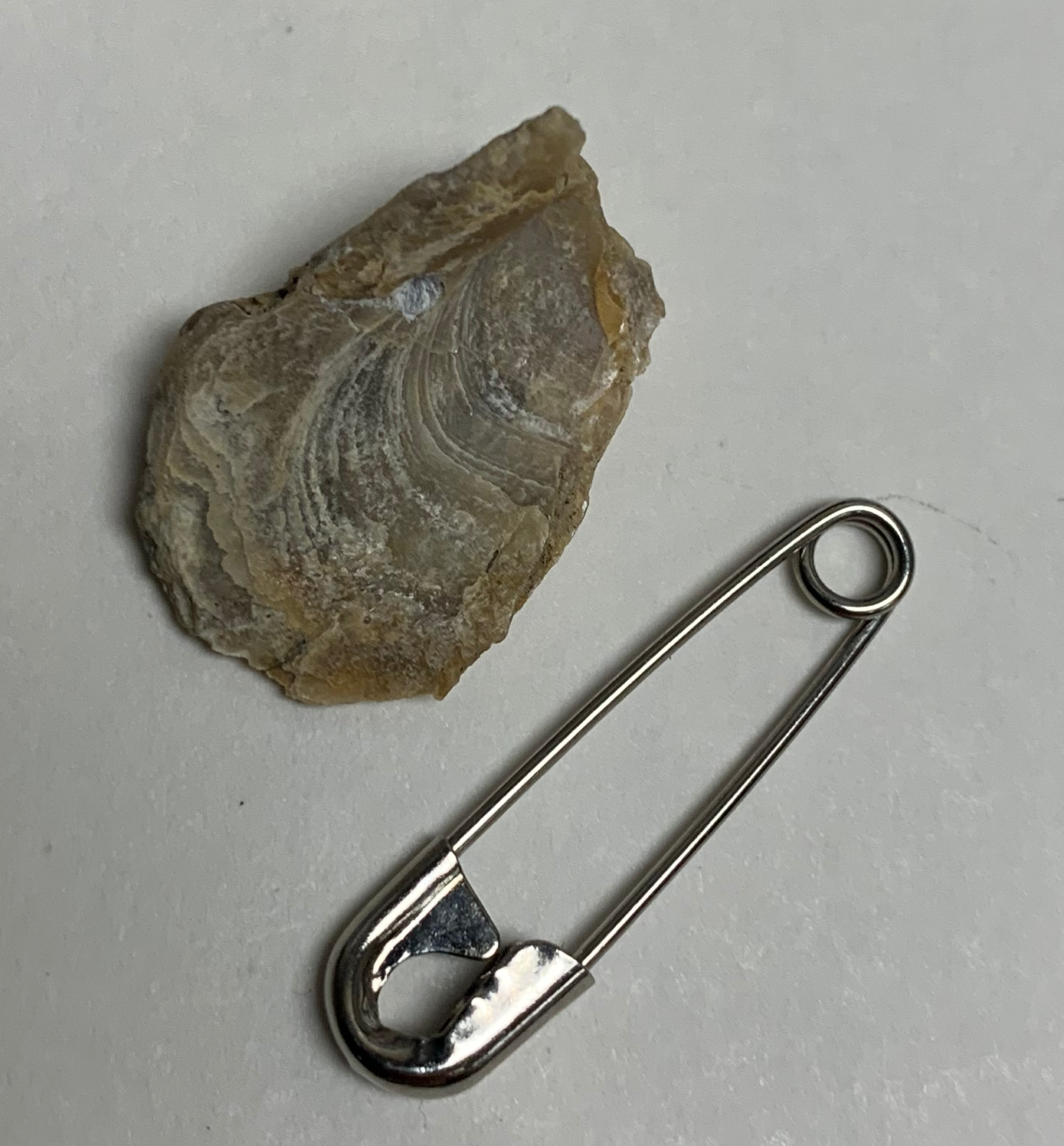
Reptile and palm fossils at the poles indicate warm climates.
The late Cretaceous though the early Eocene is an intriguing period of Earth history because of the geologic evidence for globally warm climates that corresponds with high concentrations of CO2 in the atmosphere. Studying these high CO2 climates can potentially illuminate what high-CO2 climates will be like in the future. However, a couple of basic questions about these so-called greenhouse climate regimes drive the paleoclimate research.
A first, seemingly simple, question is: how hot was it really? One way to quantify earth surface temperatures is by using the clumped isotope composition of soil carbonates that formed during that time period. I used a seres of stacked paleosols from Big Bend National Park, Texas, USA to estimate air temperatures in the subtropics (30 °N).

Sampling the Hannold Hill Formation in the heat.
My temperature estimates were intriguingly cold - I estimate summer temperatures of 32 °C, which is not that different from modern summer temperatures in the same place. Either I am interpreting the seasonal bias of my proxy incorrectly (see other projects), or the subtropics were surprisingly cool. Publication here.
Another aspect of this project is to determine if greenhouse climates were seasonally equable or not. To answer this, I helped my colleague Landon Burgener in his efforts to compare temperature estimates from a myriad of proxies that likely record different seasonal temperatures. We looked at Cretaceous paleosol deposits in Utah and Montana. Publication here.

Field work in the Kaiparowits Formation, Utah.
I’m currently working on a late Paleocene to early Eocene record from the Goler Formation in California. This is another stratigraphic record of coastal hothouse climates. There are beautifully preserved oyster shells. Through measuring the clumped and triple oxygen isotopes in these oysters, we’re learning about upstream hydrology, temperatures, and paleoaltimetry. More results coming soon here!

Eocene oyster shell from the Goler Fm, CA.